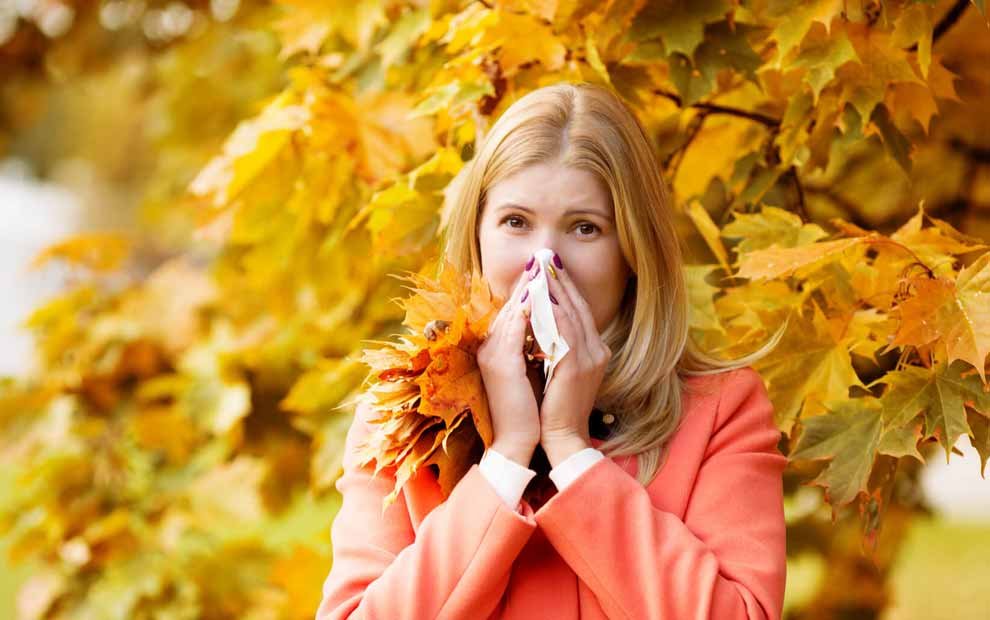The Hamshahri Newspaper: The changing weather as autumn approaches triggers physiological and immunological responses in the body. Cooler temperatures, humidity fluctuations, and increased airborne allergens (such as pollen and mold spores) play significant roles in the spread of seasonal illnesses.

Respiratory infections, allergic reactions, and exacerbation of chronic conditions like asthma also increase with these external changes. Furthermore, climate changes coupled with the onset of allergy season and shifting patterns of illness intensify these health risks, making autumn a more challenging time for public health.
Viral infections are more common in this season due to factors such as dropping temperatures, increased indoor activity, lower humidity, and changes in immune system function. All these factors together accelerate virus transmission during autumn months. Read on for the most common illnesses of this colorful season.
Respiratory Infections
With lower temperatures, respiratory infections like colds and flu become more prevalent. Cold air irritates the respiratory system, making it more vulnerable to viruses. Additionally, spending more time indoors during cooler weather increases the likelihood of exposure to pathogens.
Symptoms: Sneezing, sore throat, cough, fever, and fatigue.
Prevention: Wash hands frequently, avoid close contact with sick individuals, get the flu vaccine, and maintain a healthy diet to boost the immune system.
Allergy (Hay Fever)
As summer ends, many plants release pollen in autumn, especially the common allergen, ragweed. Allergens can lead to hay fever, characterized by sneezing, nasal congestion, itchy eyes, and a runny nose.
Symptoms: Itchy throat, sneezing, watery eyes, and nasal congestion.
Prevention: Keep windows closed to limit pollen entry, use air filters, sunglasses to reduce pollen exposure, and antihistamines as prescribed by a doctor.
Joint Pain and Arthritis
One common complaint during autumn and winter due to changes in weather is joint pain. In fact, during the cold months, with lower temperatures and increased humidity, those suffering from joint pain and arthritis experience worsened symptoms.
Symptoms: Stiffness, swelling, and pain in joints, especially in the morning.
Prevention: Stay active, keep joints warm, and engage in stretching or low-impact exercises to improve flexibility.
Asthma Exacerbation
Weather changes can worsen asthma symptoms. Cold air can irritate the lungs and increase the risk of asthma attacks. Additionally, allergens like pollen and mold can trigger respiratory issues in those with asthma.
Symptoms: Shortness of breath, wheezing, coughing, and chest tightness.
Prevention: Use inhalers as prescribed, avoid known triggers, and monitor air quality and weather changes.
Seasonal Affective Disorder (SAD)
As the days shorten, some people experience depression symptoms known as Seasonal Affective Disorder (SAD). Additionally, reduced sunlight can disrupt the circadian rhythm and lower serotonin levels, leading to mood changes.
Symptoms: Low energy, irritability, difficulty concentrating, and changes in sleep patterns.
Prevention: Spend time outdoors during the day, consider light therapy, and maintain a regular exercise routine.
SOURCE







